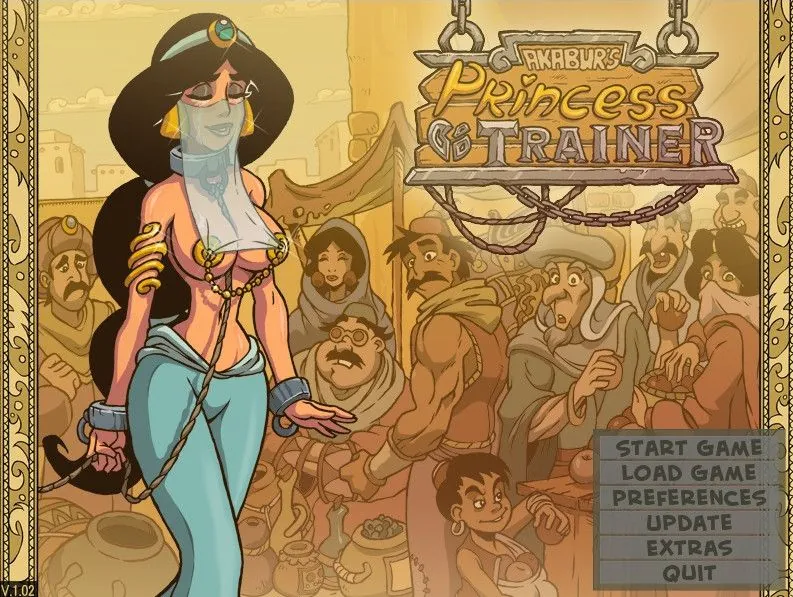
Corporate Culture
Play Corporate Culture
Corporate Culture review
A Deep Dive into the Unique Gameplay and Themes of ‘Corporate Culture’
The game ‘Corporate Culture’ offers a distinctive experience that blends interactive storytelling with immersive gameplay. This article explores the core aspects of ‘Corporate Culture,’ diving into its narrative, mechanics, and the unique atmosphere it creates. Whether you’re curious about its design or looking for practical insights on how to navigate the game, this guide provides a comprehensive overview that captures the essence of ‘Corporate Culture.’
Understanding the Gameplay and Storyline of ‘Corporate Culture’
Stepping into the world of Corporate Culture for the first time, I wasn’t sure what to expect. Was this a dry management sim? A cynical satire? 🤔 What I discovered was a brilliantly crafted experience that masterfully blends interactive storytelling with tense, meaningful decision-making. The Corporate Culture game gameplay is less about spreadsheets and more about navigating the complex, often absurd, social hierarchy of a modern corporation. It pulls you in immediately, and before you know it, you’re fully invested in your digital career and the coworkers who populate it.
What is the core gameplay experience? 🎮
At its heart, the core gameplay experience of Corporate Culture is a narrative-driven adventure game. You play as a new hire at the sprawling, enigmatic OmniCorp, and your journey is defined by the conversations you have and the choices you make. The Corporate Culture game gameplay loop is deceptively simple: you arrive at your cubicle each (in-game) day, receive tasks via email, and interact with a cast of memorable characters. But this is where the magic happens.
Every dialogue option, every completed (or ignored) task, and even your body language during meetings influences your relationships and your standing within the company. The game brilliantly tracks a hidden “favor” system with each character and a company-wide “reputation” meter. Do you brown-nose your insecure boss to get ahead, or do you secretly help a disillusioned colleague sabotage a pointless project? These Corporate Culture player choices are the engine of the entire experience. They don’t just change a line of dialogue; they alter career paths, open up or lock away entire story branches, and ultimately determine your fate during the company’s annual review—the game’s thrilling climax.
To give you a clearer picture, here’s a breakdown of how key features influence your journey:
| Gameplay Feature | Description | Impact on Player Choices |
|---|---|---|
| Dialogue Wheel | Presents options ranging from Obsequious and Neutral to Defiant. | Directly affects character relationships and can unlock special favors or create enemies. |
| Email System | Your primary source of tasks and office gossip. You can choose to reply, ignore, or forward messages. | Ignoring a superior’s email can lower your reputation, while forwarding a spicy rumor can create chaos. |
| The “Favor” Economy | A hidden metric tracking how much each coworker likes/trusts you. | Spending favors can get you out of trouble or access to restricted areas, crucial for uncovering the deeper **Corporate Culture storyline**. |
| Reputation Meter | A visible gauge of your overall standing with company management. | A high reputation opens up promotions and perks, while a low one makes you a target for restructuring. |
I learned this the hard way. In my first playthrough, I thought I could play the hero, standing up for every underdog. By week two, I had made a powerful enemy in HR and my reputation was in the toilet. It was a brutal but brilliant lesson in how to play Corporate Culture game: you can’t win every battle. You have to be strategic, just like in a real corporation. 😅
How does the storyline unfold? 📖
The Corporate Culture storyline is a slow-burn mystery that had me hooked from day one. Without spoiling too much, the main plot revolves around a series of strange occurrences at OmniCorp—missing files, mysterious memos from “The Top Floor,” and a vague, company-wide initiative called “Project Chimera.” The narrative doesn’t hold your hand; it trusts you to piece things together through environmental clues, eavesdropped conversations, and those all-important emails.
The Corporate Culture game narrative is delivered through its incredible characters. You’re not just reading a story; you’re building it with people like Brenda from Accounting, who knows where all the bodies are buried, or Mark from Marketing, whose ambition is only matched by his incompetence. The interactive storytelling Corporate Culture employs makes you feel the weight of every interaction. Choosing to help one character will often mean betraying another, and there’s no clear “good” or “evil” path—just shades of corporate grey.
The genius of the Corporate Culture storyline is that it makes you complicit. You start to justify questionable choices for the sake of career advancement, and before long, you’re as entangled in the office politics as everyone else. It’s a profound commentary on how environments shape behavior, all wrapped up in a compelling whodunnit (or more accurately, a “what-is-the-company-really-doing”). 🕵️♂️
What makes the game’s setting unique? 🏢
The Corporate Culture game setting is a character in itself. OmniCorp’s office is a masterpiece of dystopian design—a seemingly endless maze of beige cubicles, harsh fluorescent lighting, and identical meeting rooms with names like “Innovation Chamber 3.” The atmosphere is a bizarre mix of mundane and sinister. Cheery, generic posters about “Synergy” and “Reaching for Excellence” contrast sharply with the underlying tension and paranoia of the employees.
This setting is crucial to the experience. The oppressive, monotonous environment makes those small moments of rebellion or human connection feel incredibly significant. Finding a secret note tucked under a keyboard or having a hushed conversation by the water cooler becomes a thrilling event. The Corporate Culture game setting doesn’t just host the action; it directly creates the feeling of isolation and pressure that drives the entire Corporate Culture game narrative. You truly feel like a cog in a vast, uncaring machine, and your struggle is to either grease the wheels or try to jam them.
My biggest piece of advice for how to play Corporate Culture game is to embrace the role. Talk to everyone. Read every email. 🧐 Take the time to just wander the halls and listen. The game rewards curiosity. And don’t be afraid to save often and experiment! The most fun I had was on my second playthrough, where I chose to be a total sycophant. Seeing how the story warped to accommodate my obsequiousness was hilarious and terrifying, a testament to the game’s incredible reactive design.
Ultimately, learning how to play Corporate Culture game is about understanding that your choices are your only real tool. There’s no combat, no quick-time events—just you, your wit, and your willingness to navigate the treacherous waters of office life. It’s a unique and unforgettable experience.
In summary, ‘Corporate Culture’ offers a unique blend of engaging gameplay and a compelling storyline that invites players to immerse themselves in its distinctive world. By understanding the game’s mechanics and narrative, players can fully appreciate the depth and creativity behind this title. Whether you’re a newcomer or a returning player, exploring ‘Corporate Culture’ promises an intriguing and memorable experience. Dive in and discover what makes this game stand out.


























